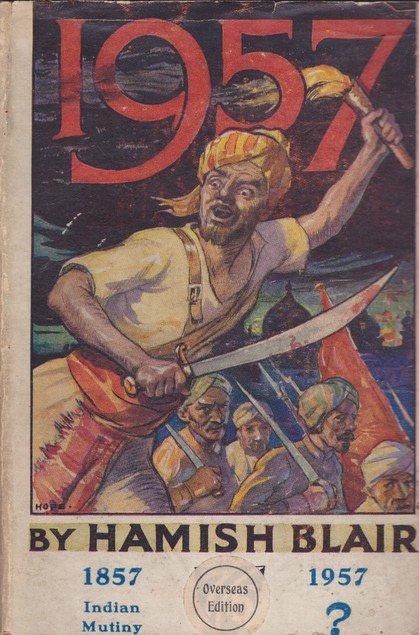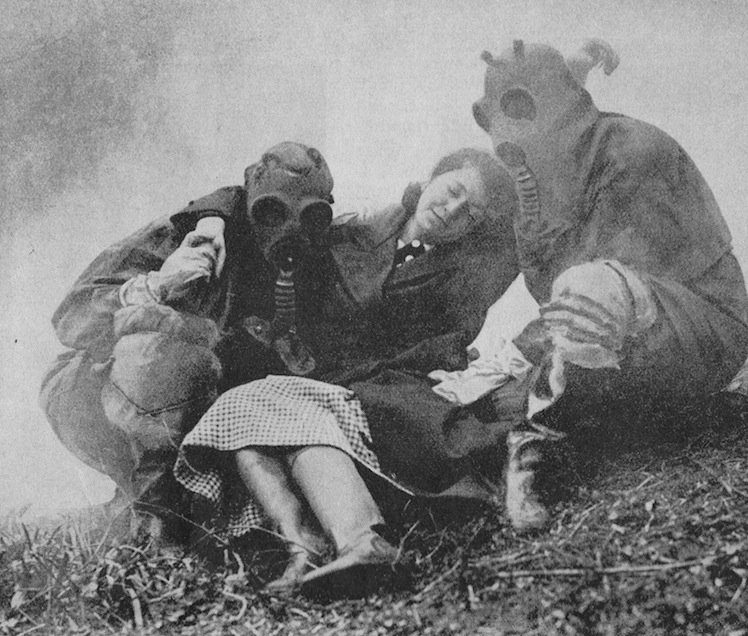Gaming the knock-out blow — III
A key element in any wargame is the scenario. It sets the boundaries in time and space of the simulation, as well as its initial conditions. For a historical wargame, a scenario might be the battle of Cannae, or the British and Canadian sectors at D-Day. Creating such scenarios involves researching orders of battle, contemporary […]







